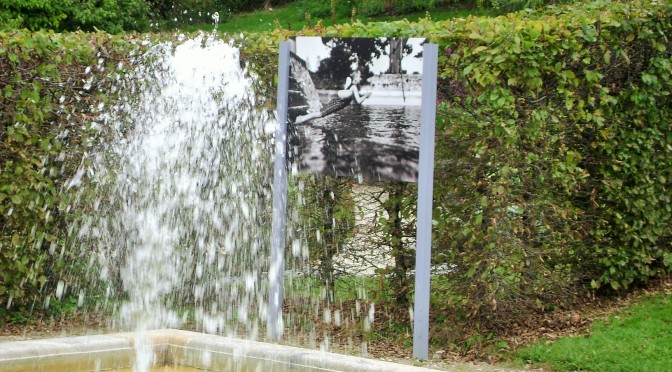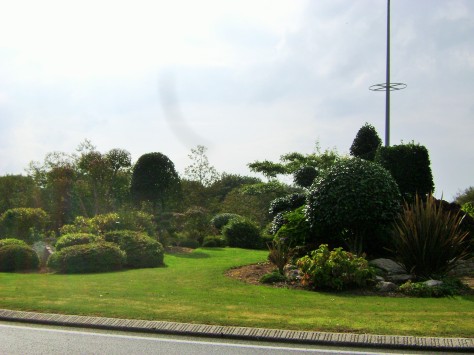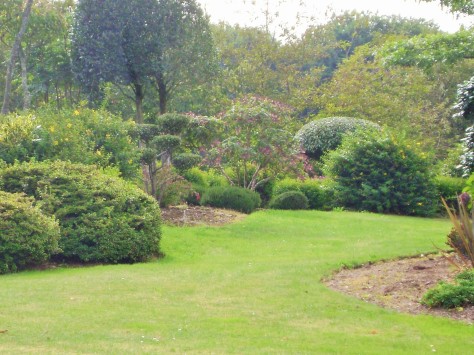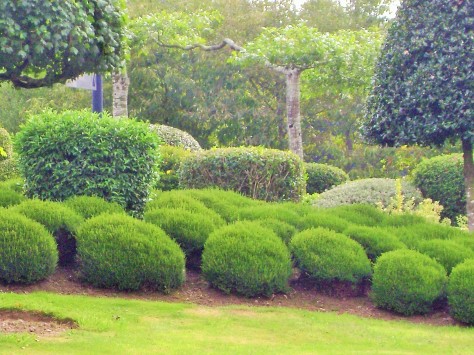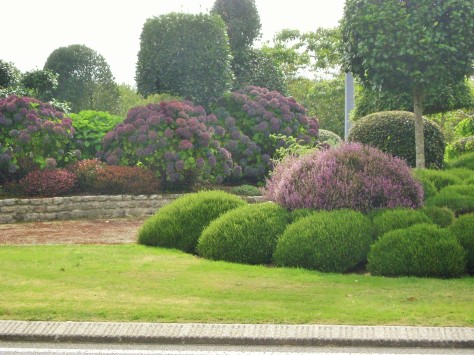The castle of Trevarez near Chateauneuf du Faou in northern Brittany, France, is one of the last great castles built in France. Construction began in 1892 for a French politician and brought together all the faste and excess of the Belle Epoque, frescoes, carvings, marble, mosaics, ornate panels and fireplaces.
It is often referred to as the pink or red castle, because of the pink color it gets from the bricks used. It was unfortunately bombed in the 1940s, and has not been occupied since, but it is being renovated by the government who purchased it in the 70s.
The gardens were neglected as well for many years and have been slowly brought back to their original glory, one area at a time. The grounds are extensive, with stables, a large wash house, theme gardens, formal gardens and much more.
In this post, I am featuring the ART IN THEGARDENS, here the photographs of Jacques Henri Lartigue, renowned French photographer and chronicler of the lives of the wealthy in the heyday of Trevarez, in the teens and twenties until the war.
Trevarez seamlessly integrates large scale photos in black and white to the gardens in a series of garden “rooms” enclosed by hedges, with a series of paths create a perfect rhythm for viewing the art against the formal and almost stark background of that part of the gardens. Of course, in the spring, the formal gardens would be softened by the many azaleas and rhododendrons in bloom. I have included a few photos of the shrub borders for reference.
The exhibit starts by the theme gardens and ends past the hothouses and the stunning hydrangeas alley blooming into September.









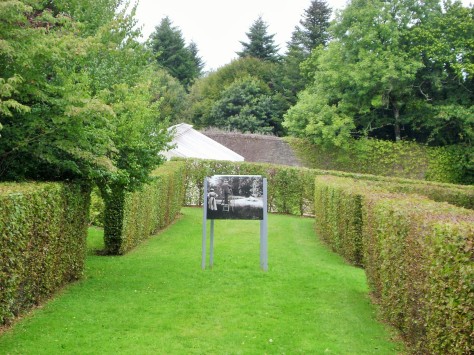
























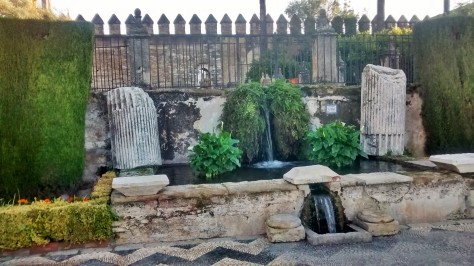


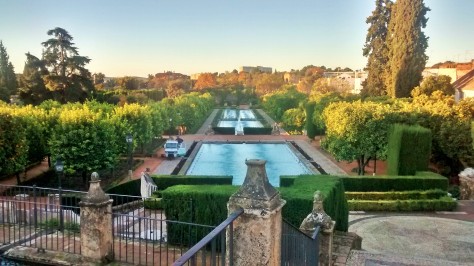







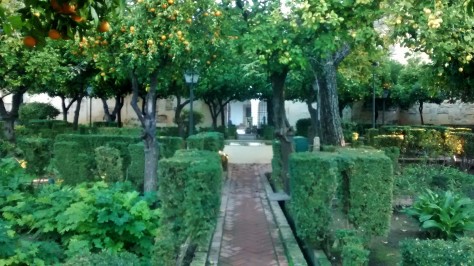
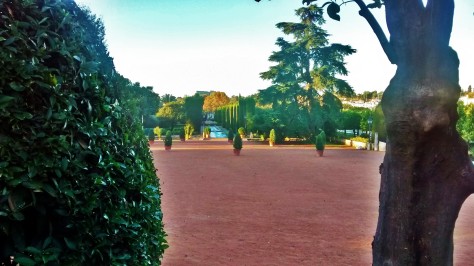






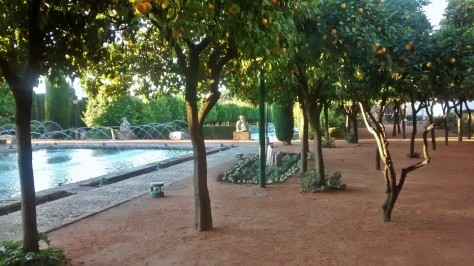




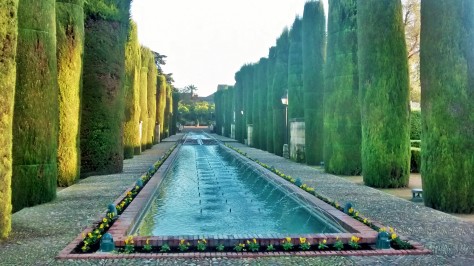




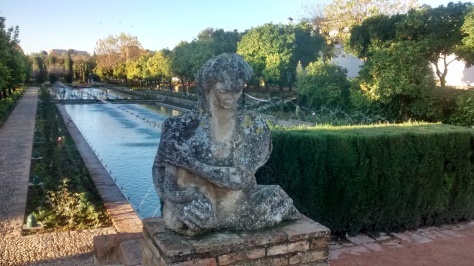


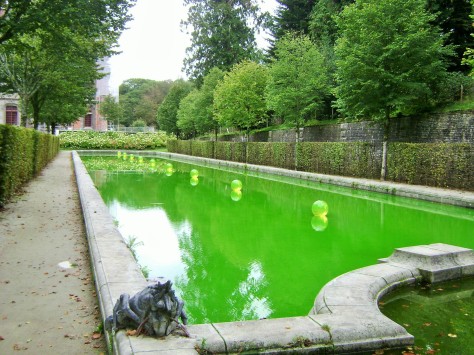
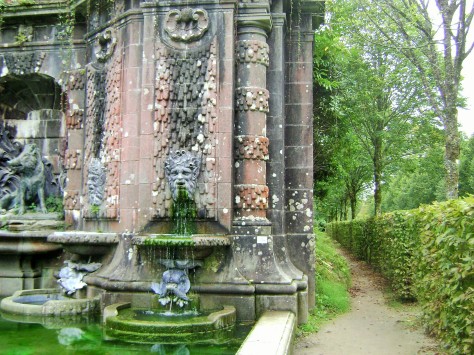



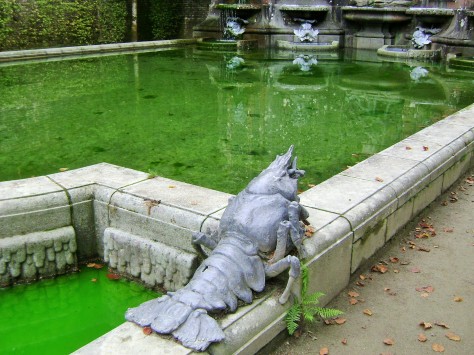




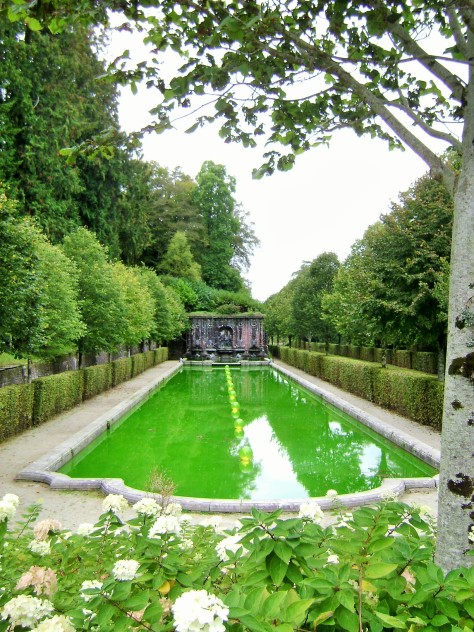







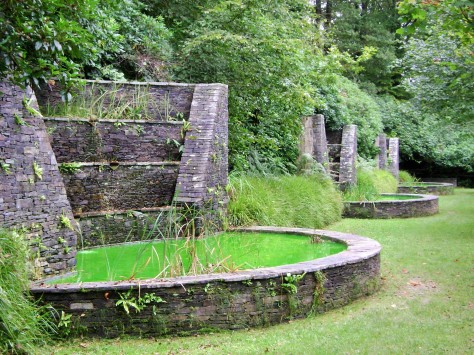

































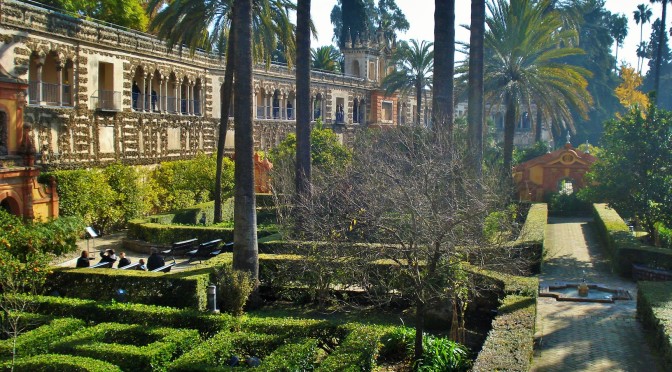










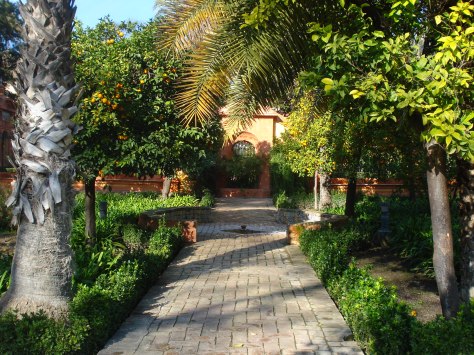

























































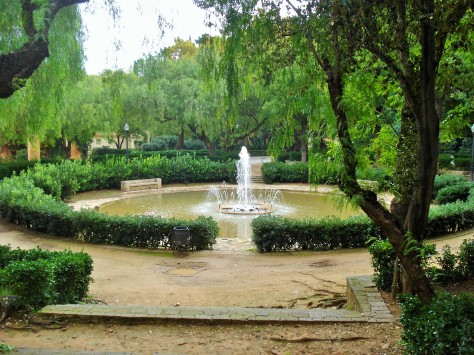

















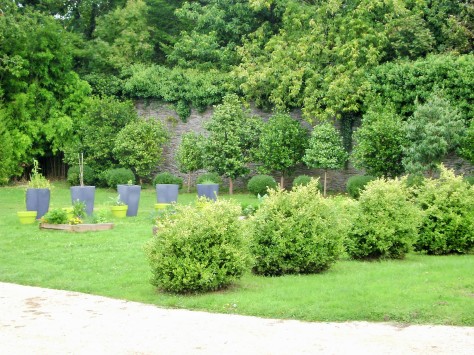

 The gardener’s cottage and annex has a lean in hothouse that was used at the time for exotic plants and hothouse flowers.
The gardener’s cottage and annex has a lean in hothouse that was used at the time for exotic plants and hothouse flowers.











